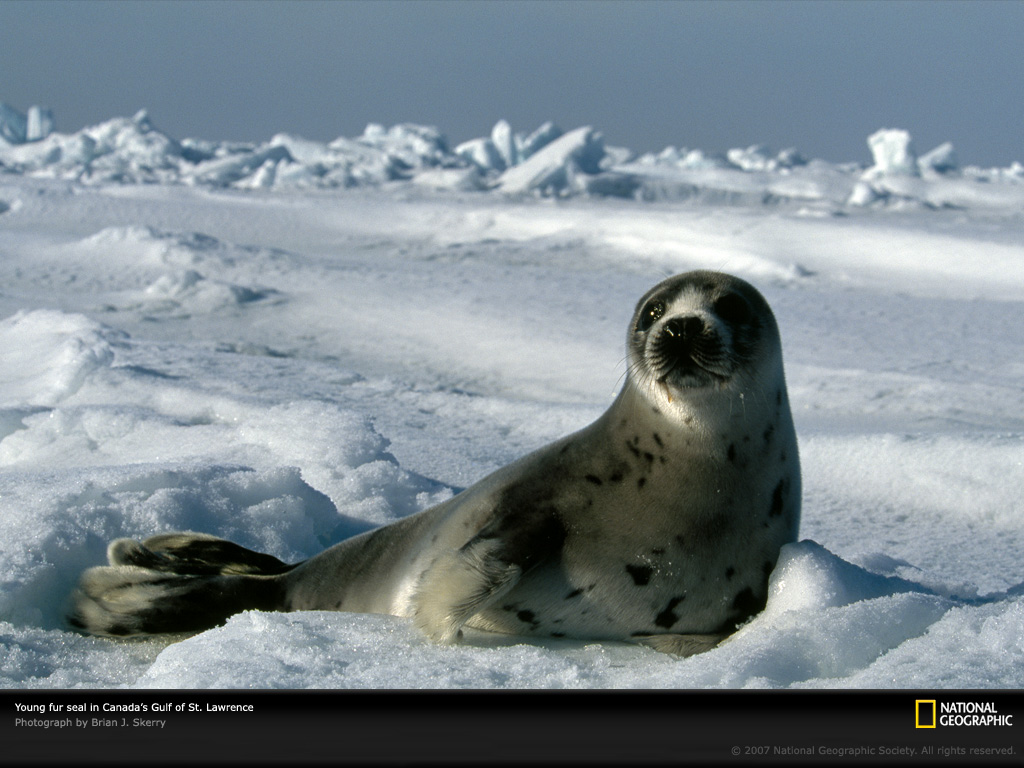ngpod的图片的确很经典!美国国家地理每日一图中文站!
很经典的大师级艺术摄影作品,很多都是第一次和世人见面的作品,据说,摄影师为得到一张珍贵的图片,常常带着几吨重的设备往返无数次,有些甚至等上近几年的时间,仅为拍摄一张图片……
国家地理学会资助过的较为著名的探险与科考计划有:
1909年:人类第一次到达北极
1912年:秘鲁安第斯山脉马丘比丘挖掘失落的印加古城
1916年:发现阿拉斯加州的火山卡特麦罗山烟岚蒸腾、景色奇异的万烟谷
1929年:人类第一次飞越南极
1930年:拍摄了第一幅自然色航空照片
1934年:人类第一次下潜到908米的深海
1935年:人类搭乘热气球创下21718米高度的飞行记录
1952年:出版第一篇有关海底的文章
1969年:阿波罗11号宇航员携带国家地理学会会旗登上月球
除了探险活动,历史上几次考古和古生物学的大发现,学会也是赞助的一员。这些发现揭开了不少古玛雅文明以及地球16500万年前恐龙王朝的谜团。
学会赞助的其他重要发现还有:
1974年:约翰森挖掘出史上最早、最完整的一具直立行走的人类祖先遗骸;
1980年于危地马拉发现的辉煌的玛雅文明;
1982年发现公元79年维苏威火山爆发时被埋在火山灰里的古罗马城镇;
1995年在秘鲁山顶发现500年前冰冻的木乃伊。
地理学会的赞助,也使人类对动物的知识有了长足的进步:
李基家族在非洲发现三百万年前的人类祖先;
珍·古德在野生黑猩猩的研究上有了突破;
还有关于蝙蝠、大灰熊、鲨鱼、红毛猩猩、帝王蝶和稀有的西伯利亚虎的研究等都使人类对我们人类自身和我们的动物朋友有了更深刻地认识。
1888年成立的美国国家地理学会,是以”增进并普及地理知识”为宗旨的非营利组织。作为国家地理学会的旗舰旅游杂志,《国家地理旅行者》杂志致力于成为积极主动、求知欲强的旅行者的信息来源。每一期《国家地理旅行者》杂志将世界上”必看必到”的目的地呈现在全球530万读者眼前,以英文、中文、日文、荷兰文、希伯来文、泰文等6种语言出版,是全球最为广泛阅读的旅游杂志。
